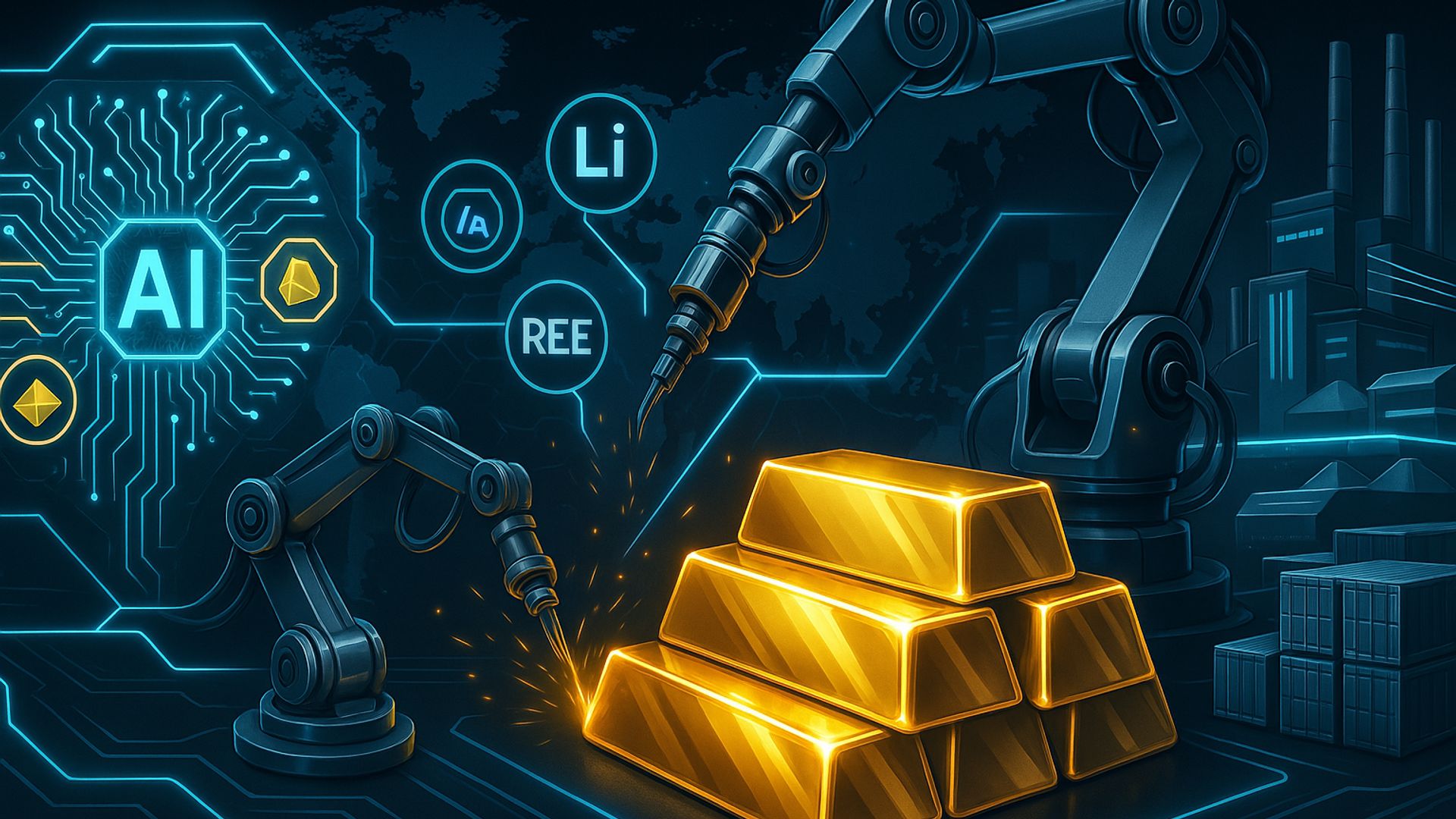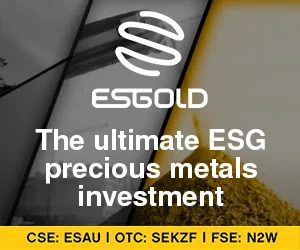The old ways of prospecting, which relied heavily on manual labor, gut feelings, and painstaking fieldwork, are rapidly becoming relics of the past. As artificial intelligence (AI) algorithms sift through mountains of geological data, the era of guesswork is being replaced by precision analytics. This transformation is not just a technological upgrade; it represents a seismic shift in how we discover and utilize precious metals, with profound implications for investors and the global supply chain.
Earth AI Hits the Motherlode
In March 2025, Earth AI made headlines by discovering a staggering $15 billion deposit of palladium and platinum in Australia. This breakthrough signals that AI is not only capable of transforming exploration processes but is also fundamentally rewriting the rules of industrial supply chains. The discovery occurred at the Fontenoy Project, near Wombat in New South Wales’ Southwestern Slopes—a region previously overlooked for such deposits. Earth AI’s innovative algorithms identified an area with exceptionally high chances of finding concentrated palladium, platinum, and even nickel.
Once flagged, Earth AI validated this prediction through targeted exploratory drilling, a process remarkably cost-effective at under $300,000. The results confirmed extensive mineralization, positioning this site as one of the largest platinum group element prospects in Australia. This discovery is particularly exciting for the clean energy sector, as palladium and platinum are crucial for catalytic converters, hydrogen fuel cells, and other green technologies.
How AI is Pinpointing Precious Metals
Traditional exploration methods have long been plagued by inherent challenges. Geological surveys, drilling programs, and laboratory testing are not only time-consuming and labor-intensive but also fraught with risks and uncertainties. In many cases, these methods could take decades to yield meaningful results. AI’s ability to analyze vast datasets—from geological maps and satellite imagery to historical mining reports—allows it to identify potential mineral deposits within days or even hours.
AI excels in processing complex geological, geophysical, and geochemical data much faster than traditional methods. Advanced pattern recognition techniques enable these algorithms to detect subtle anomalies in the data that may indicate valuable mineralization. Predictive modeling further enhances this capability, allowing AI to forecast mineralization potential in regions that have never been thoroughly explored before.
For instance, companies like Fleet Space Technologies have integrated low-earth-orbit satellite data with AI to create real-time 3D images of the subsurface, offering unprecedented insights into hidden geological structures. Generative AI can refine alteration mineral mapping techniques, improving the accuracy of geological models and reducing the guesswork traditionally involved in mineral exploration.
Moreover, AI is optimizing the entire drilling process. AI-powered tools can analyze legacy data to identify patterns that might have been overlooked in previous explorations. Cutting-edge technologies can de-risk exploration projects and prioritize the most promising drill targets, even handling bureaucratic tasks like ensuring expeditions have localized permits. The economic implications of these efficiencies are profound, as faster discovery and reduced costs enable companies to bring precious metals to market more quickly, accelerating the return on investment.
Implications for Precious Metal Investors
For precious metal investors, the rise of AI in exploration is opening up a landscape filled with new opportunities, albeit with its own set of challenges. One of the most significant benefits is the increased confidence that comes from data-driven decision-making. With AI reducing the risks traditionally associated with mineral exploration, investors can feel more secure in their investments. Ventures backed by robust, data-driven insights are likely to attract a broader base of investors.
However, investors will need to adapt to a new set of evaluation metrics. While traditional assessments have focused on geological factors and historical data, the modern approach requires an understanding of the AI models and algorithms that underpin these discoveries. Metrics such as accuracy rates and validation processes are becoming just as important as conventional geological evaluations, redefining due diligence in the precious metals sector.
Additionally, investors are now eyeing opportunities in the AI technology companies driving these innovations. Firms specializing in AI-driven exploration represent a new frontier for investment, offering the potential for high returns as the industry continues to embrace digital transformation. These companies not only contribute to the efficiency of mineral discovery but also play a pivotal role in ensuring that supply chains remain robust and adaptable in the face of global demand shifts and threats.
AI’s capacity to identify fraudulent or low-potential areas early in the exploration process serves as an additional layer of risk mitigation. By flagging projects that don’t meet stringent data-driven criteria, AI helps investors avoid ventures that might otherwise appear promising but are ultimately too risky. This dual benefit of enhancing discovery efficiency and providing a safeguard against poor investments makes AI an invaluable tool for anyone looking to invest in the precious metals market.
Conclusion: The AI-Powered Future of Precious Metal Supply
Looking ahead, the AI-powered future of precious metal exploration promises not only to enhance operational efficiency but also to drive sustainable growth across the entire industrial supply chain. In this brave new world, traditional prospectors armed with pickaxes and hunches are giving way to data scientists and algorithms, heralding a future where every investment in exploration is backed by the certainty of advanced technology.
For both industry veterans and new investors alike, embracing this change isn’t just an option; it’s becoming an essential part of navigating the evolving landscape of precious metals and the broader energy revolution. As we stand on the brink of this new era, the potential for AI to reshape the mining industry is not just a possibility—it’s an exciting reality.
Disclaimer: The views expressed in this article are those of the author and may not reflect those of Kitco Metals Inc. The author has made every effort to ensure the accuracy of the information provided; however, neither Kitco Metals Inc. nor the author can guarantee such accuracy. This article is strictly for informational purposes only and is not a solicitation to make any exchange in commodities, securities, or other financial instruments. Kitco Metals Inc. and the author of this article do not accept culpability for losses and/or damages arising from the use of this publication.




